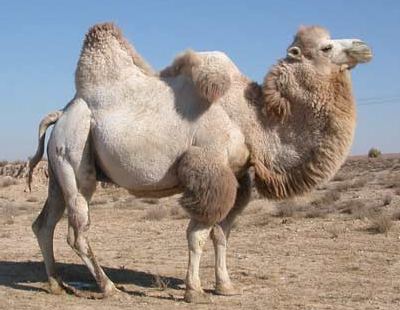by Larry
June, 2012The Gobi - Land of Change, Land of Extremes
Artifacts demonstrate human activity in the Gobi since at least 100,000 years ago. For millennia an area of predominantly tough nomadic traders and herdsmen of sheep and goats, the Gobi is now undergoing significant transitions. Mining, mainly for coal, copper, and gold, is taking over in some areas. It is easy to decry some of the alterations in the Gobi and their ruin of the landscape and an ancient way of life. Yet not all that is occurring is negative. The mining, which has harsh effects on water supplies needed for other purposes as well as on the open spaces traditionally used for herding, also provides jobs, though the wages are hardly distributed equally. Mine owners, their managers, and politicians reap most of the benefits, with little compensation for local herders who can no longer use their grazing areas or find sufficient water. Growth in the area due to mining is also fueling higher inflation, increasing the cost of living for everyone. In the works are vast arrays of solar panels. It has been speculated that covering much of the Gobi with solar cells could allow for clean production of the world's energy needs. Chinese planners and engineers may test this hypothesis over the next few decades. What rivers and lakes there were in the region have been markedly affected by development, pollution, and climate change. Warming temperatures lead to more rapid evaporation of existing lakes while limiting the snowfall in the mountains which ring the Gobi, diminishing the runoff into rivers that flow through this region. The mining industry is becoming huge, with enormous and devastating impacts on both surface water and underground aquifers. Thus, an area which already had little potable water is probably going to have much less. Many here worry that short-term interests will reduce the potential for ongoing sustainability in the Gobi region. In a few generations, the mines may be played out, but their effects could mean the lucrative cashmere wool industry, for instance, which had long provided income for herders and traders, is also gone forever. Meanwhile, the Gobi is expanding. Climate change, deforestation, overgrazing, and the loss of water resources are leading to rapid desertification. Northern China is losing about 1400 square miles a year of agricultural lands in this fashion. Wildlife here is being affected by the changes as well, and many species are becoming rare. There are the jerboas, a small burrowing and jumping mammals with a long, flexible tails, back legs much longer than their forelegs, and the capacity to leap 10 feet. There are poisonous snakes, such as the highly toxic and aggressive central Asian viper. Quite endangered are the Przewalski's horses, earlier considered the last of the truly wild horse species and then numerous in the Junggar Basin, but now found only in captivity. The Bactrian two-humped camels, noted for their broad toes and sealable nostrils, useful in sandstorms, were often vital for nomadic life in the Gobi district and are still herded for their milk, wool, and meat. The snow leopard may yet occasionally be found preying on sheep and goats in the upper elevations of the Alashan Plateau. The world's only desert dwelling bear, the Gobi bear, resides here, though in small numbers. There are also musk oxen in the Gobi. Whether some of the difficulties in the Gobi Desert turn out to be temporary growing pains, an inevitable but short-term result of the area undergoing a quick transition from more customary styles of living and of utilizing the environment, or represent such long-term degradation that the Gobi in 50-100 years will be left far less hospitable than it has been till now seems currently to be in the balance. Sources: Gobi Desert in Wikipedia - The Free University; last updated June, 2012. Mineral-Rich Mongolia Rapidly Becoming "Mine-golia." Frank Langfitt in NPR; May 21, 2012. Old Ways Disappearing in the New Mongolia. Frank Langfitt in NPR; May24, 2012. The Gobi Desert and Desertification. in WriteWork.com; August 30, 2003. The Gobi Desert Wildlife, Plants, Culture. Jay Sharp in Desert USA; March 19, 2009. |